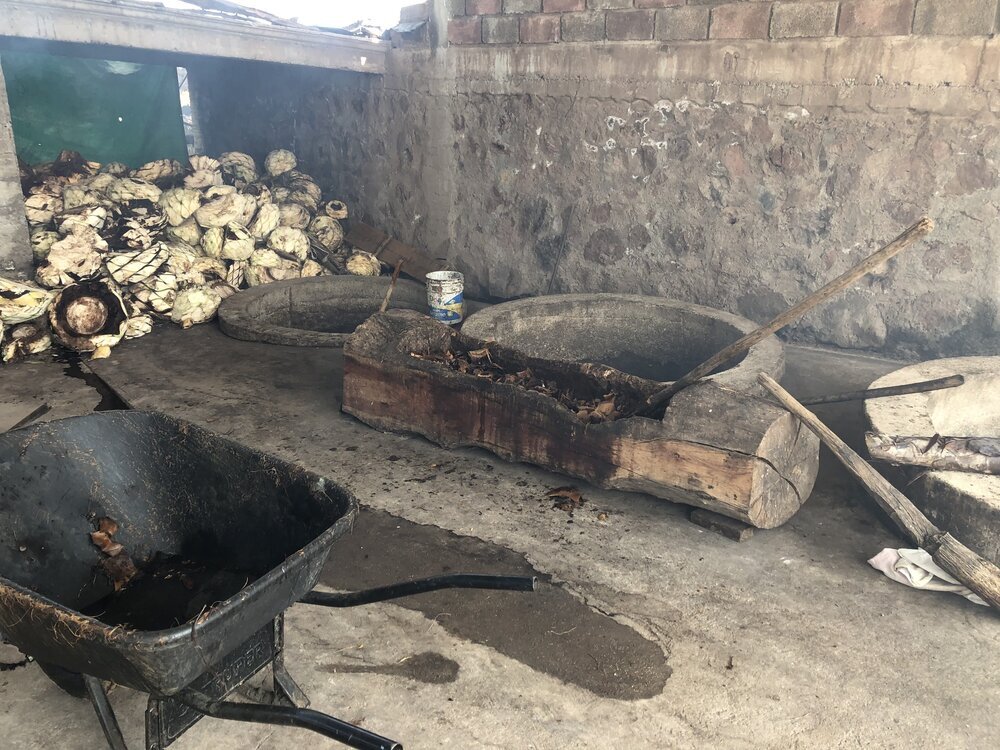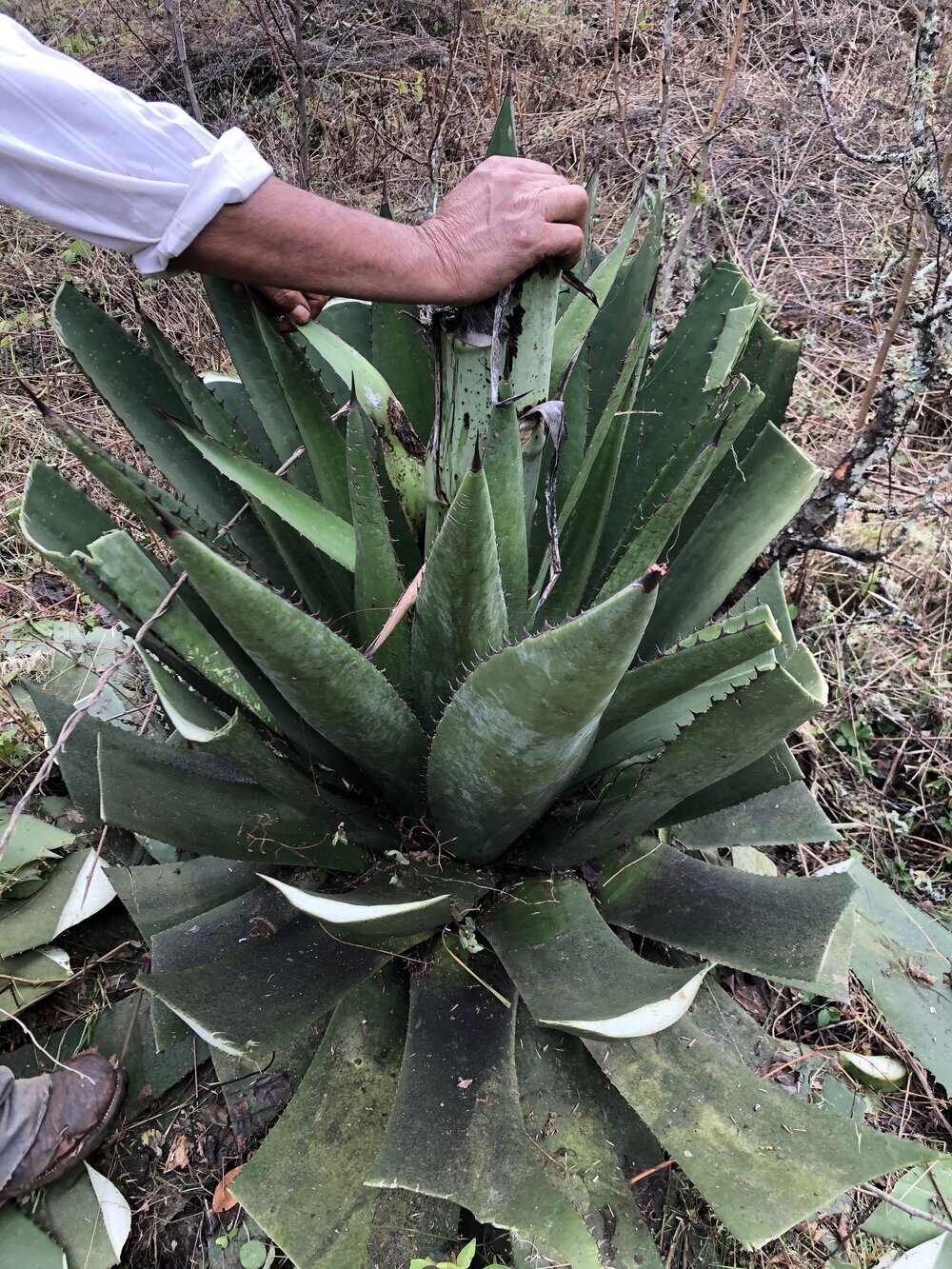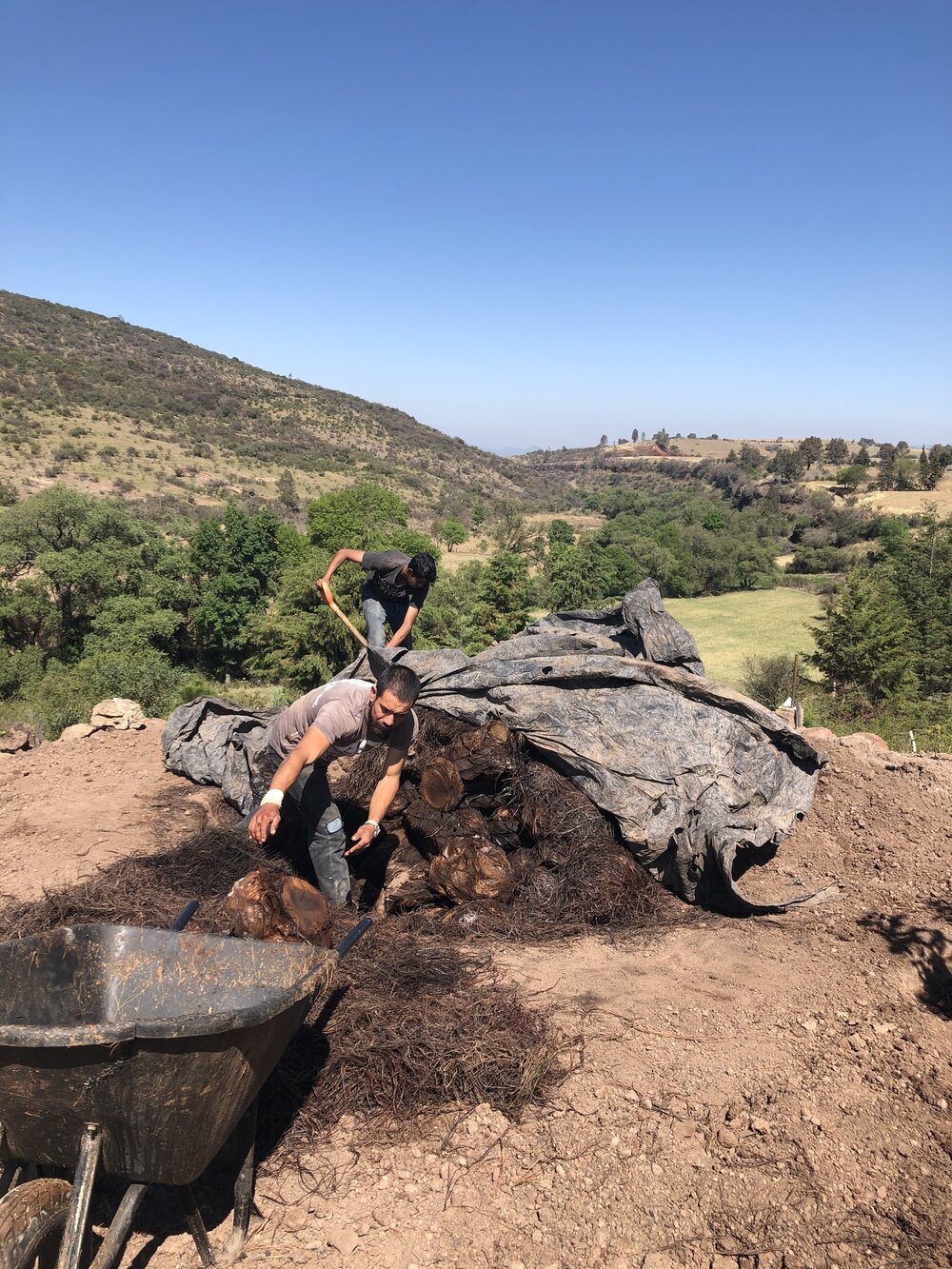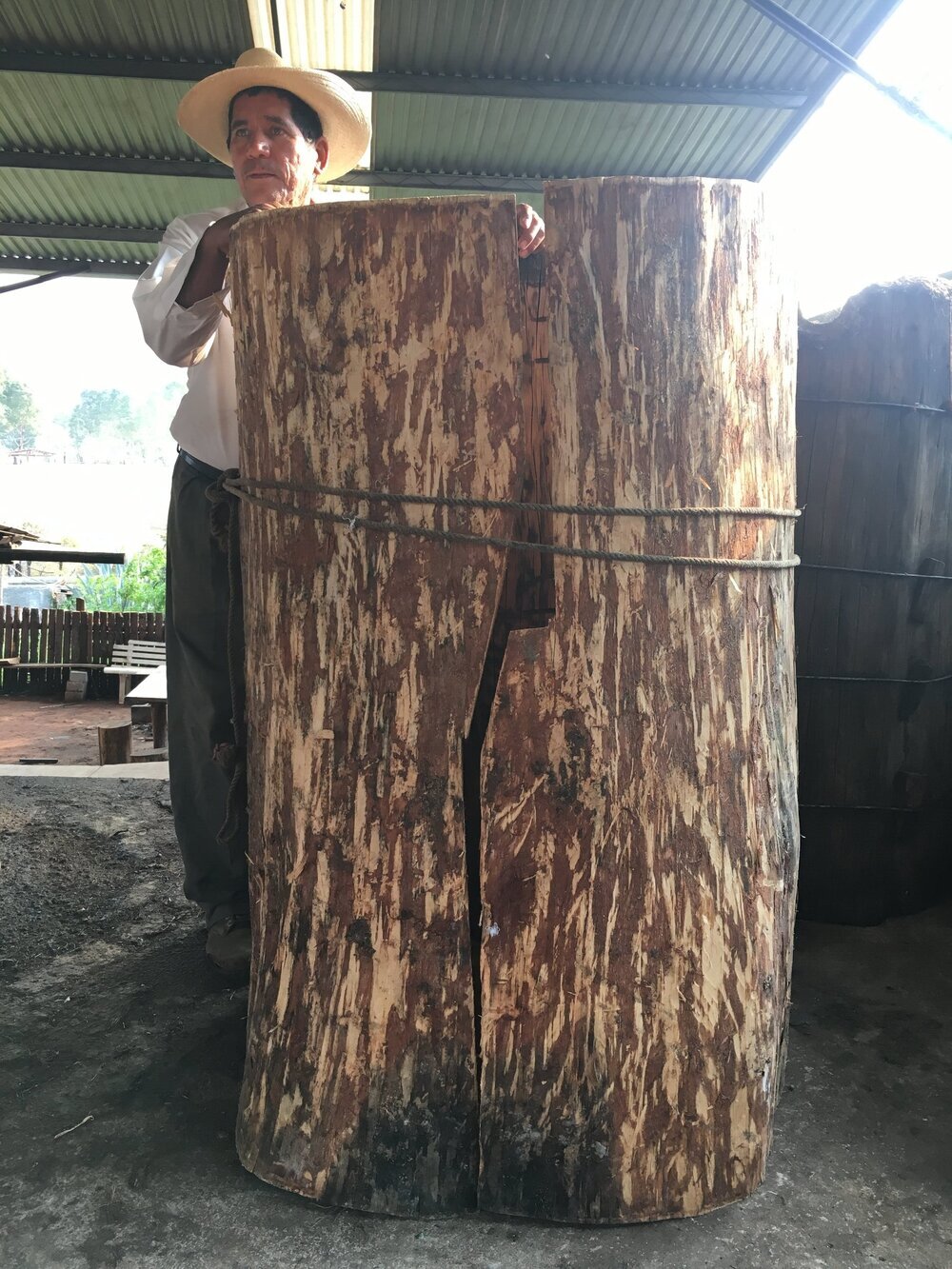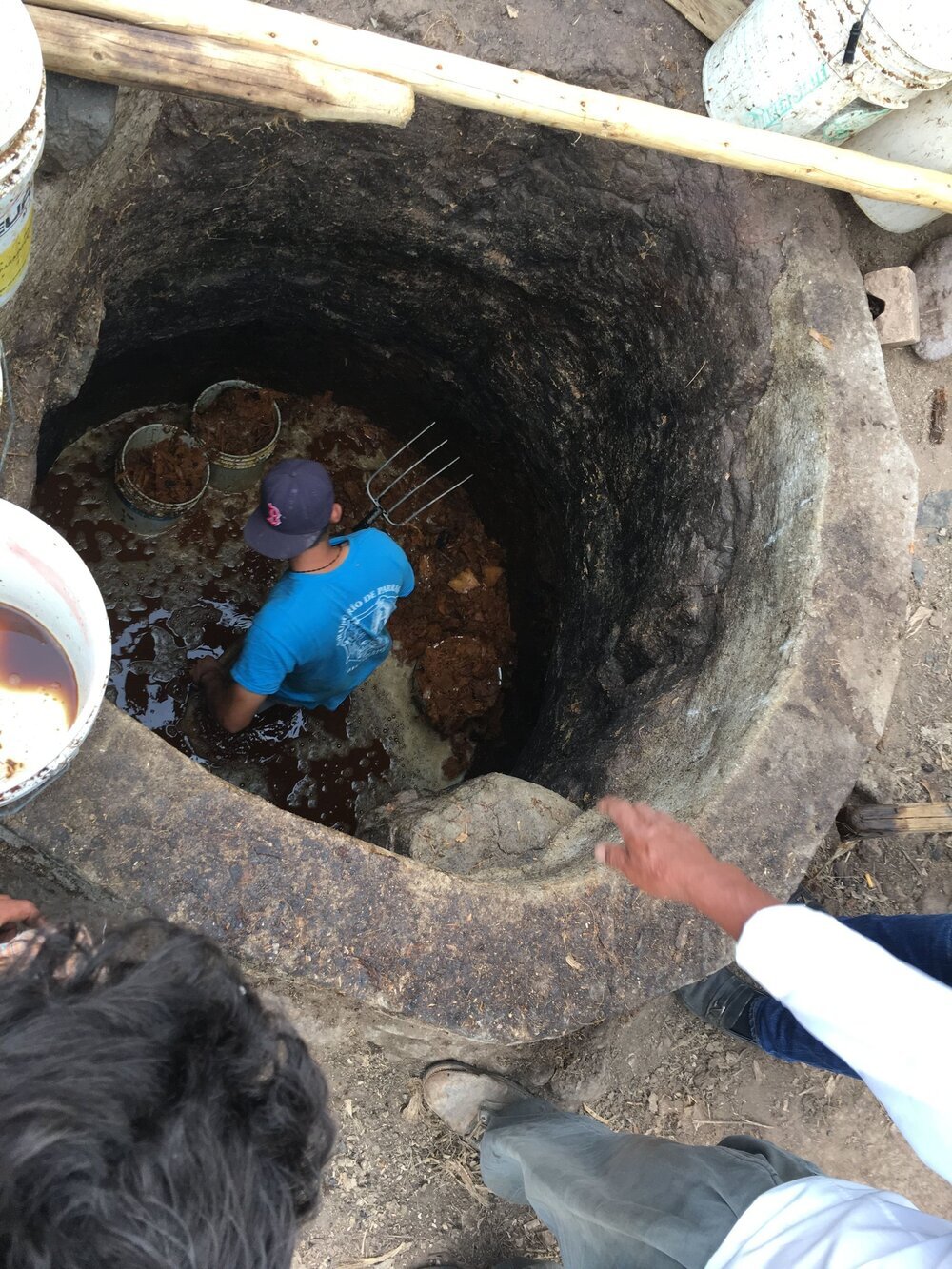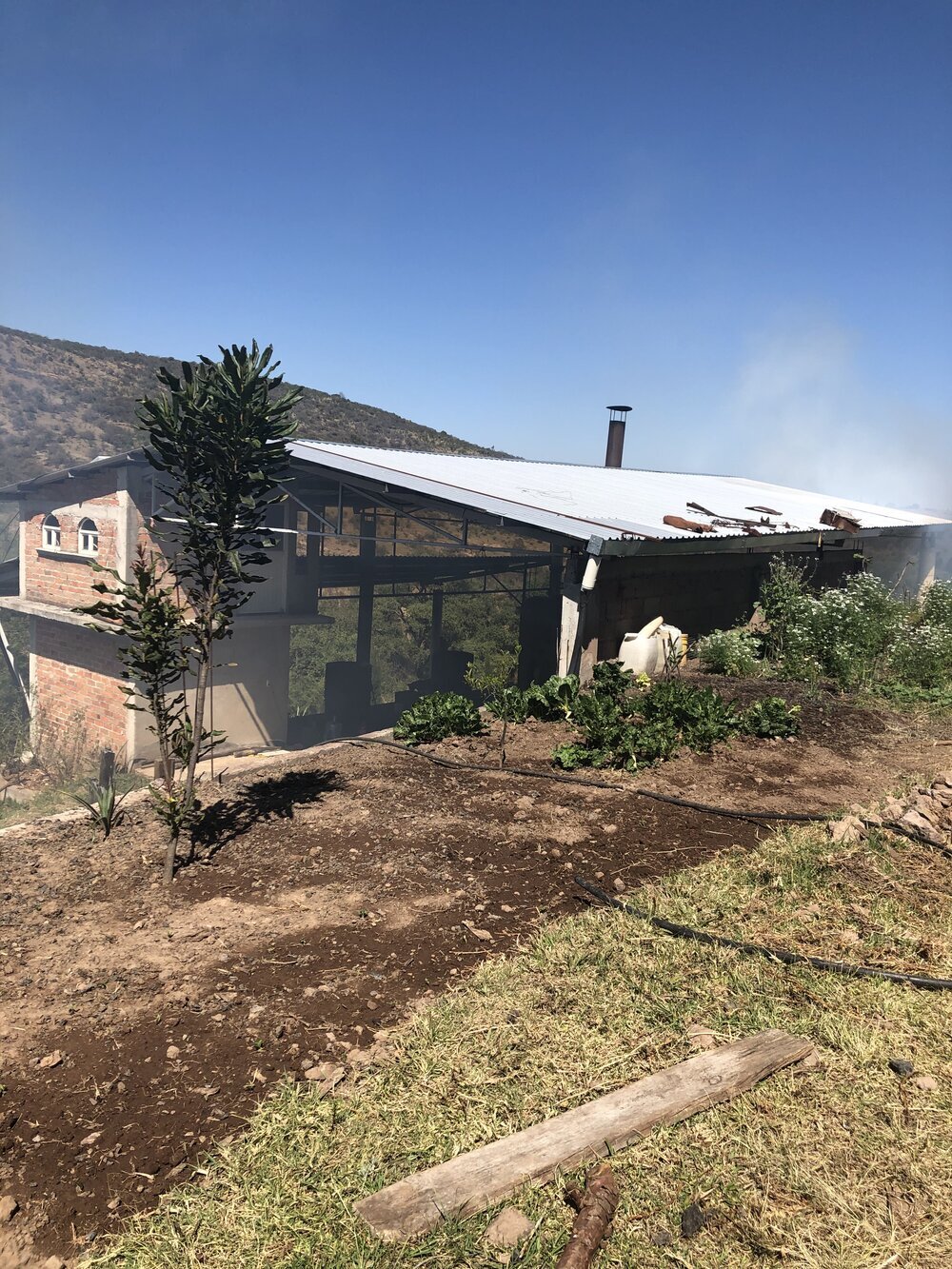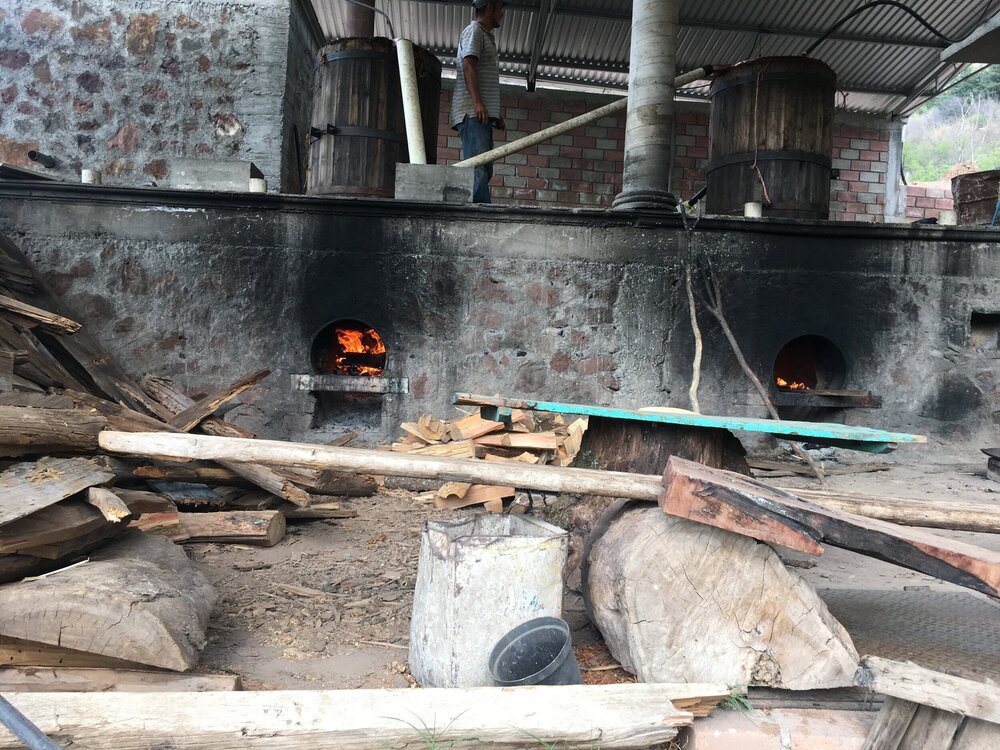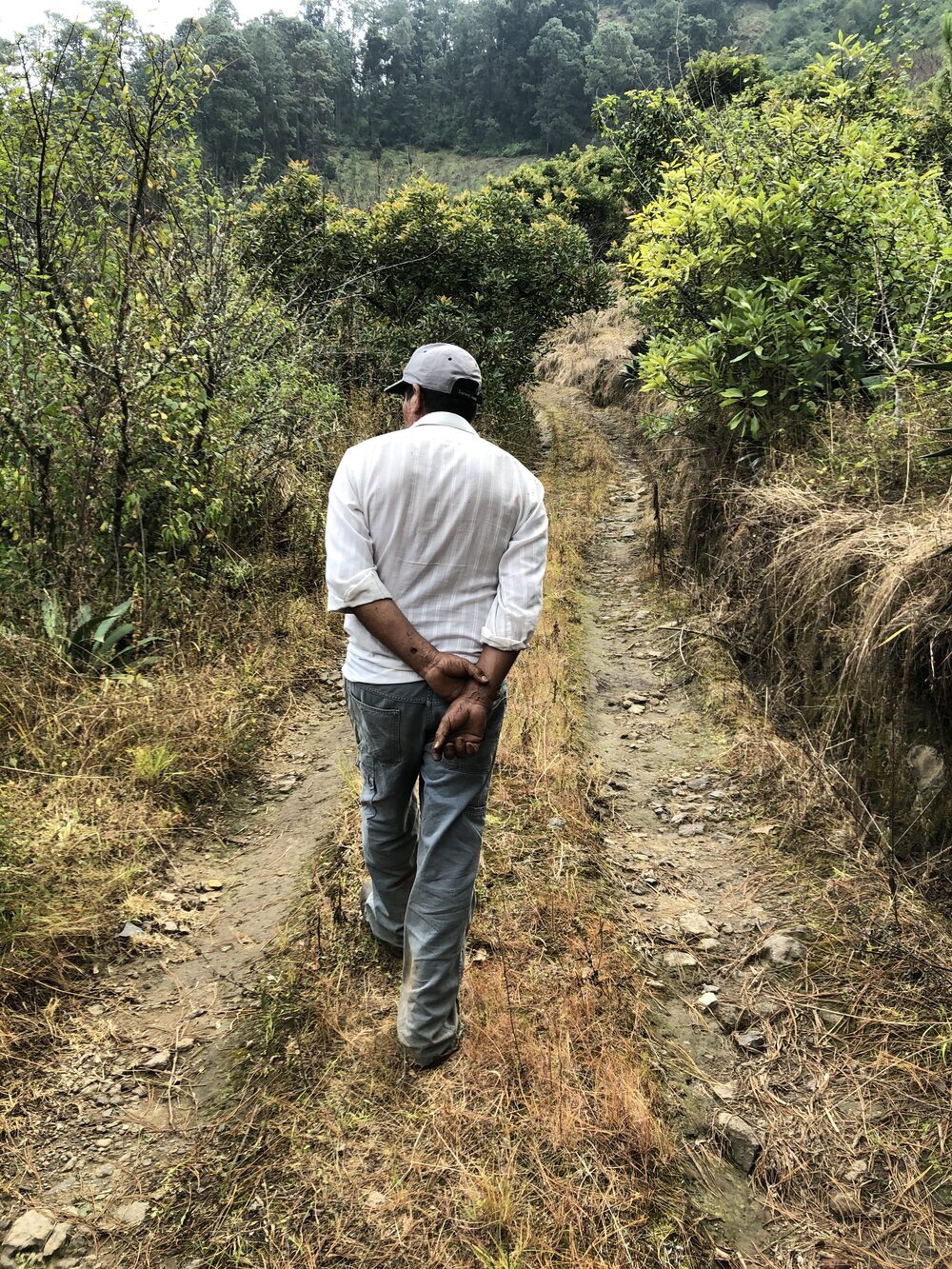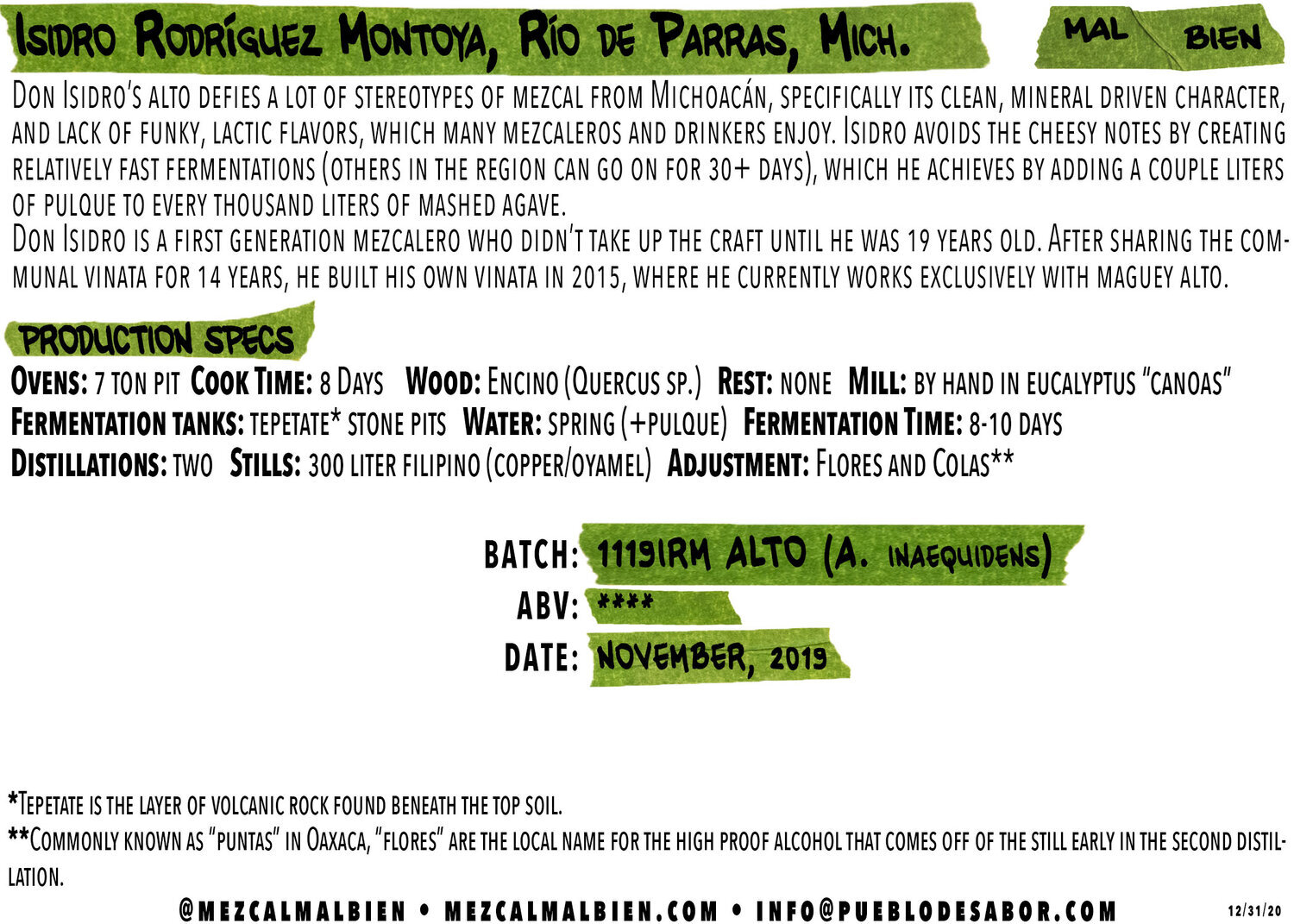Alto
46.58%
Isidro Rodríguez Montoya, Río de Parras, Queréndaro, Mich.
For those of us who are first introduced to traditional agave spirits by way of Oaxaca or its mezcales, the flavors and styles of those non-oaxacan spirits can be jarring. By Oaxacan standards, they are often just plain bad. Of course, the mezcaleros in these places aren’t Oaxacan, neither are their plants, tools, and traditions. So why should we apply Oaxacan standards when tasting them?
The mezcaleros of Río de Parras in the municipality of Queréndaro, Michoacán, a region better known for its lakes, fish and chiles, produce excellent spirits unlike any you’ll find in Oaxaca.
For Don Isidro and his sons, the process always begins with mature maguey alto (A. inaequidens), which they prefer over the region’s more commonly found Agave cupreata. The semi-cultivated plants take 12 years to mature, though, according to Isidro, they can take up to three times as long in the wild.
The alto piñas are roasted in earthen ovens using oak, mashed by hand in eucalyptus canoas, and fermented in stone pits dug into the ground. To help the fermentation process along, a splash of pulque is added to the fermenting agave. Unaided, fermentations in the coldest months can take 30 days, yielding spirits with extremely lactic, funky flavors. With pulque, the yeast are able to ferment thoroughly in 8-10 days, limiting the amount of funk producing bacteria that can develop.
Fermented mash is then twice distilled using filipino stills that use a copper pot topped with a head made from oyamel fir and copper condensing plate.
This bottling for Agave Mixtape is the product of two batches, both distilled in November 2019, that Don Isidro vatted shortly thereafter.
